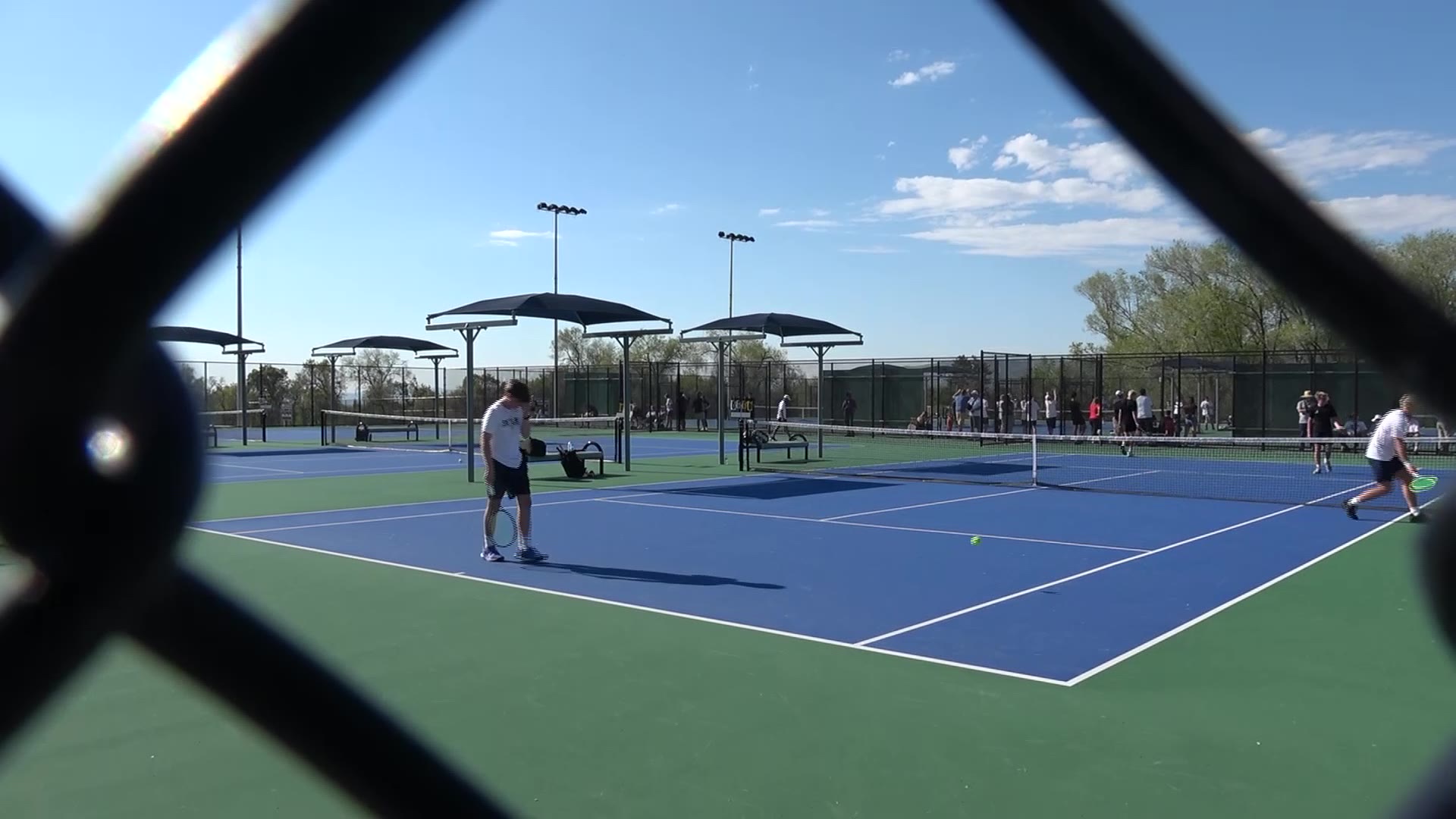Utahn Dreams Of Sending Blind Sled Dog To Iditarod
Feb 23, 2020, 10:47 PM
PEOA, Utah – Musher Fernando Ramirez has big dreams for his sled dog Humberto, even though the Alaskan Husky is blind.
“I see potential,” he said. “I see determination…what’s inside the dog, rather than its outward appearance.”
When he was eight, Ramirez watched the movie “Balto,” an animated feature about dog sledding, and saw his future.
The film is loosely based on the story of the real Balto, who helped transport diphtheria antitoxin to Nome, Alaska, in 1925.
“I was just so fascinated with how the dogs worked so closely with the musher,” he said.
His mother supported his passion, with one condition – that he race using dogs from a shelter.
“I think it was more so my mom was trying to teach me a lesson of giving the rescue dogs a second chance at life and what it meant to sort of give more to something else, other than thinking of myself,” he said.
Now, Ramirez and his wife, Dana, own and run Rancho Luna Lobos. The ranch is home to about 60 huskies, mostly rescues like Humberto. A few select dogs race. This winter, Ramirez competed for the first time at the World Championships in Manitoba, Canada, and came in 12th place.

Rescue dogs prepare to pull sleds at Rancho Luna Lobos.
“Where the dogs are hooked on in the harness to the gangline, and where that gang line hooks onto the sled, and where my hands grip the handlebars, we’re one body,” he said. “It’s almost telepathic. You feel it. You feel the emotion flowing through the line and through the dogs and I love that feeling. It’s like feeling like you’re part of something bigger than yourself.”
Other dogs at the ranch earn their keep giving sled rides to tourists.
“Every dog here, every living thing, deserves a second chance,” Ramirez said. “If I were in that situation, I would want someone to give me a chance.”
Originally from Wyoming, Humberto came to Utah three years ago. At first, he didn’t seem cut out for the sledding life. He was skittish and ran into things. Ramirez took Humberto to a veterinarian, who confirmed the husky was completely blind.
After the diagnosis, they teamed him up with partner dogs and hooked him up to a sled.
“He learned to trust his friends,” Ramirez said. “His friends were moving him from side to side. If there is a tree in the trail (they) move him away; if there was a curve, they pushed him into it.”
Eventually, Humberto wasn’t just pulling — he was leading.
“He could feel where the edge of the trail was and he could guide himself that way,” Ramirez said. “When we hook him up, he’s the loudest on the team and he just wants to go, go, go and he motivates his entire team.”

Fernando Ramirez and his wife, Dana Ramirez.
Ramirez plans to train Humberto to lead a long-distance team and ultimately run the Iditarod, an arduous 1,000-mile trek.
It’s a feat for dogs specially bred for the task, but it would be that much harder with shelter dogs.
Ramirez said he wants Humberto on the team, in part, as a reminder.
“Just seeing him on the line is a reminder that no matter what obstacles come our way, we can still get to where we want to be,” he said.












